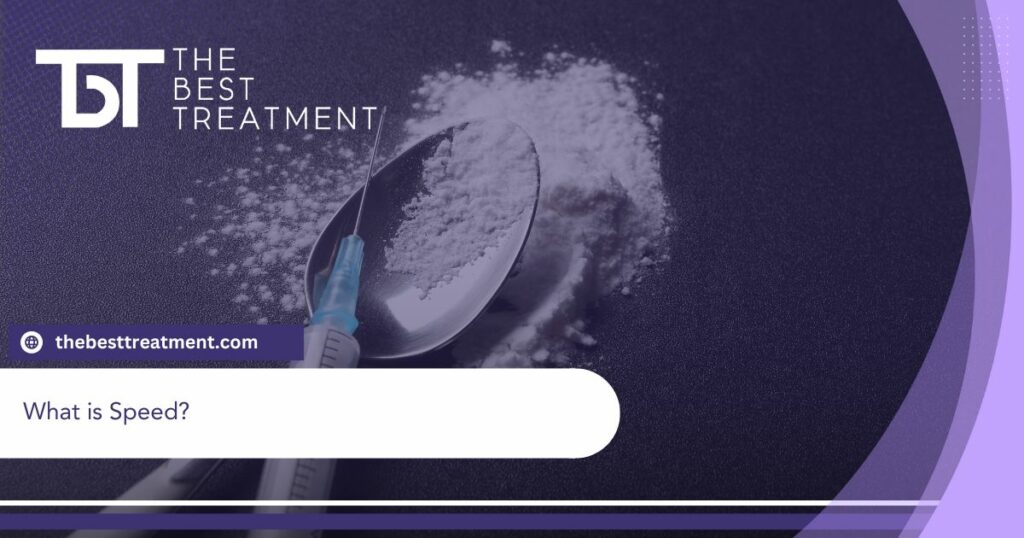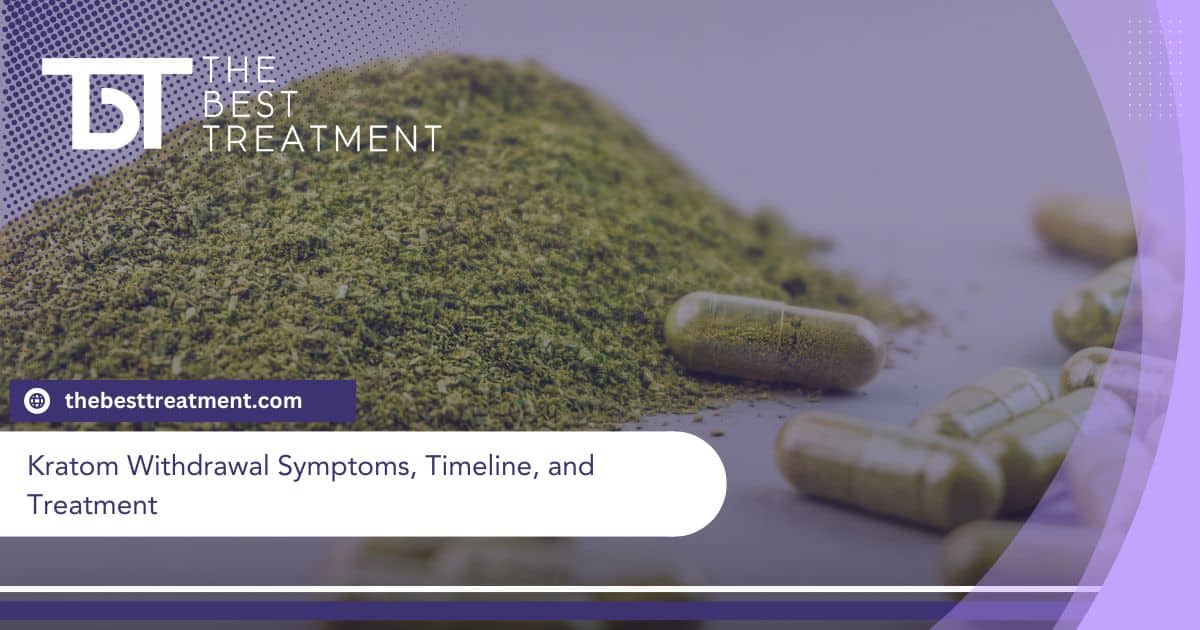Table of Contents
Kratom is a potent substance that is widely available throughout the United States. While retailers may label kratom as a “natural” dietary supplement, its effects can be hazardous.
So, what is Kratom, and what are the risks of using it? This article will explore kratom abuse and addiction. You will learn what happens during withdrawal and what to expect during treatment.
Contact The Best Treatment specialists now to learn more about Kratom withdrawal and addiction treatment. Our intake specialists can answer your questions, verify your insurance, and help you determine which type of treatment is right for you.
What is Kratom?
Kratom is a substance derived from a plant native to Southeast Asia called Mitragyna speciosa. Kratom is available in smoke shops and other retailers as a liquid, powder, or tablet.
When users ingest kratom, they experience side effects, including:
- Increased alertness
- Decreased pain
- Euphoria and pleasure
- Sedation
Kratom affects the brain’s opioid receptors and can produce similar effects. Because of kratom’s similarities to opioids, people may attempt to use kratom as a “natural” alternative to opioid pain relievers.
However, many medical experts have expressed concern about the potential for severe side effects, including life-threatening complications and addiction.
The Drug Enforcement Administration (DEA) does not regulate kratom. However, the DEA recently classified kratom as a “drug of concern.”
The FDA has issued a public warning about the effects of kratom. It warns that kratom is unregulated and may be toxic. Some research shows cases of excessive sedation or psychosis linked to kratom use. In some cases, federal agencies have seized and destroyed kratom products because of their risk to the public.
Kratom Addiction
There is not currently enough research to prove that kratom is addictive. However, some people who use kratom regularly develop symptoms of addiction. These include:
- Needing higher doses to get the desired effects
- Experiencing cravings for kratom
- Having withdrawal symptoms if they stop taking it
These symptoms suggest that it is possible to become physically dependent on kratom.
Some people may attempt to use kratom similarly to opioids. They may want to avoid opioid addiction or believe it may help them reduce the risk of relapse.
However, health experts warn that kratom is dangerous and has the potential for addiction. People who develop symptoms of kratom withdrawal may require medical detox services from a treatment center.
Kratom Withdrawal Symptoms
Like many addictive substances, regular kratom users may experience withdrawal symptoms if they suddenly stop using it. Kratom withdrawal symptoms include:
- Depression
- Anxiety
- Restlessness
- Hot flashes
- Sweating
- Runny nose
- Watery eyes
- Mood swings
- Twitching in the arms and legs
- Insomnia or poor sleep
- Tremors
- Nausea and vomiting
- Tension
People experiencing withdrawal symptoms may have intense cravings or urges to use kratom.
The severity of a person’s withdrawal symptoms may depend on how much kratom they used, other controlled substances they used at the same time, their general health, and other factors.
Understanding the Kratom Withdrawal Timeline
Many factors can influence how your body and mind respond during detoxification. Your mental and physical health, substance use, environment, and more can impact your kratom withdrawal timeline.
However, symptoms of withdrawal typically follow a common timeline. Here is what you may experience during detox from kratom.
12-48 hours
Many people experience withdrawal symptoms in the first 12-48 hours after their final dose of kratom. Symptoms at this stage may include:
- Tremors
- Sweating
- Nausea
- Restlessness
Medical supervision and treatment can help you get through the acute phase of kratom withdrawal.
24-72 hours
Your withdrawal symptoms may get worse as you approach your third day without using kratom. Symptoms may include:
- Insomnia
- Nausea
- Anxiety
- Depression
- Hot flashes
- Diarrhea
As your symptoms get worse, the risk of relapse increases. Medical and emotional support are essential during this stage of withdrawal.
72 hours-one week
Many people begin to feel better after the third day of detox. You may notice your symptoms become much more manageable. However, some people have symptoms that last for up to a week after their last dose of kratom.
It is essential to have ongoing support and treatment to ensure you do not relapse before detox is complete.
Treatment During Kratom Detox
Seeking treatment and support during detox can increase your chances of long-term recovery. During detox, mental health and medical professionals will monitor your withdrawal symptoms. They will provide treatment to keep you safe and comfortable during detox.
Your detox treatment plan may include:
- Medications to reduce discomfort
- 24/7 access to mental health and medical support
- Emotional support, including individual and group therapy
- Holistic therapies to soothe the body and mind
After completing detox, you must seek substance use disorder (SUD) treatment. A comprehensive treatment program will help you identify the roots of your substance abuse and give you the skills and support to avoid relapse.
If you or someone you love struggles with kratom abuse, you are not alone. Reach out to the team at The Best Treatment now to learn about our kratom detox and treatment programs.
Medically Reviewed: September 25, 2019

All of the information on this page has been reviewed and verified by a certified addiction professional.










